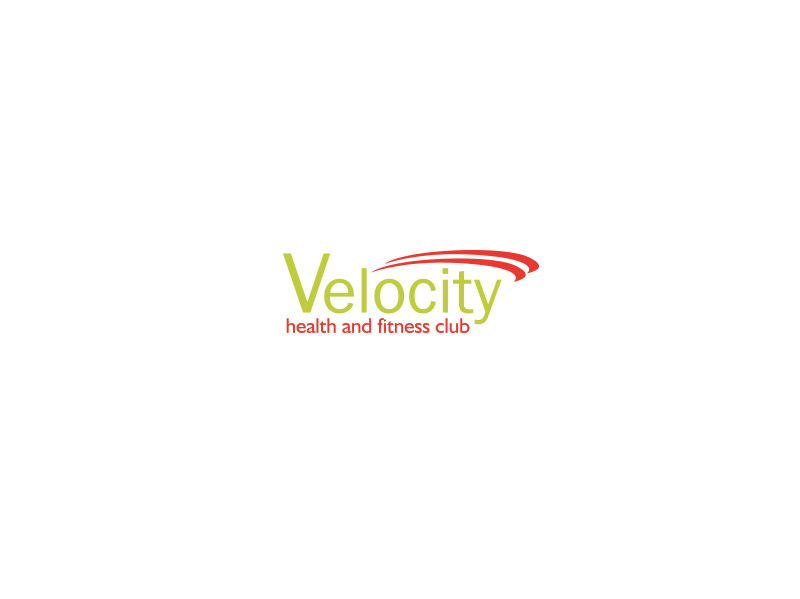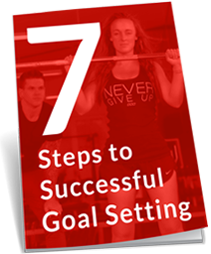
This one is for Russell. When we exercise, our muscles are put under certain amounts of strain and stress. Most aerobic and strength training programs inherently cause your muscles to contract and flex. Stretching is a powerful part of any exercise program and very often overlooked.
Stretching can help to increase flexibility, improve range of motion of your joints, can improve circulation, promotes better posture, helps to prevent injury and can relieve stress by relaxing the tense muscles that often accompany stress.
I see many people in the gym finish their workouts without stretching and just wonder how tight their muscles, not to mention their bodies must feel. I make a concerted effort to stretch each and every client I work with and over the weeks notice the difference it really does make. I use a form of stretching called PNF stretching (Proprioceptive Neuromuscular Facilitation) which is a combination of passive and isometric contractions through a full range of motion.
As a general rule, stretch whenever you exercise. Stretching warm muscles ensures adequate blood flow allowing greater range of motion and reducing the risk of injury to the area. Hold each stretch for about thirty seconds or up to sixty seconds for really tight problem muscles as it takes time to lengthen tissues safely. Focus on a pain free effective stretch. You will expect to feel tension in the area, but if it hurts you have gone too far. Simply back off to the point where you don’t feel any pain and hold the stretch. Don’t bounce as you stretch. Bouncing as you stretch can cause small tears in the muscle which can leave scar tissue as the muscle heals, which will tighten the muscle even further. It is not unusual when being stretched to hold your breath. This comes with tensing up and almost seems a natural mechanism when someone else is about to work on you. Breathe slowly and freely relaxing as much as you can, this will allow for a far more effective stretch.
Stretching doesn’t have to be a long process at the end of each workout. Focus on the major muscles such as hamstrings, gluteals, hips, back, neck and shoulders. If you are working any particular area more then obviously pay some more attention there. Stretch whenever you exercise and if you are not a regular exerciser you still need to stretch daily to maintain flexibility. If you have a problem area you may need to stretch up to twice a day. However, if you have a chronic injury you many need to alter your approach to stretching as usual stretching may cause further harm. Always discuss injuries with your Physiotherapist or health professional if in doubt.
Another form of relieving muscle tension is to have regular massage which works beautifully to soothe tight tense muscles and promotes blood flow to especially tight and tense areas of the body. Yoga is also a lovely way to lengthen and stretch muscles and connective tissue. Finding a combination of the above is the best recipe to feeling relaxed & flexible, fine tuning your body in the process.

